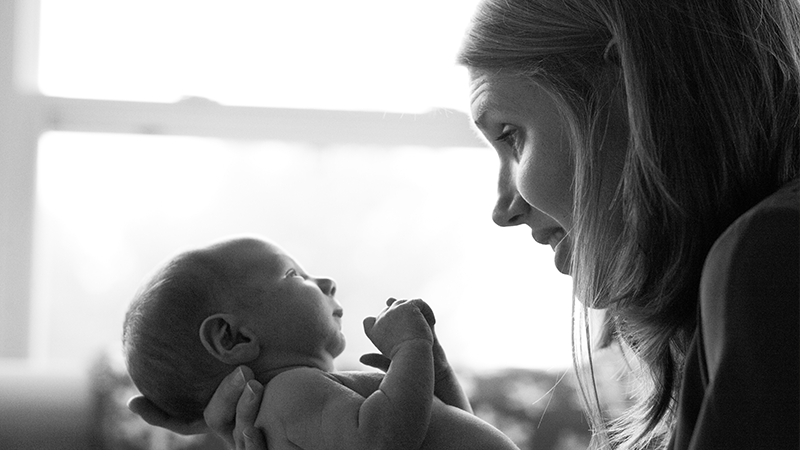There’s life in marriage yet

Reports of the ‘end of marriage’ are greatly exaggerated.
It’s true that for the first time since records began, 2021 saw unmarried mothers representing the majority of births in England and Wales. Many media reports have presented this as the death knell for marriage. Yet even a cursory glance at the statistics shows this isn’t true.
Yes, the news is concerning. Marriage supporters know that the growth of births outside marriage is not good for our society. Children need a mum and a dad, and cohabitation has an extraordinarily high breakup rate compared to marriage.
But press reports often fail to say that many who have a child out of wedlock go on to marry. Evidence suggests that over half of unmarried couples who have a child together get married afterwards. Although they divorce at much higher rates than those who were married before having a child, they’re significantly less likely to break up than couples that never marry.
We all know unmarried couples who have a child and then decide to marry. We’re so glad they do. By a long shot, marriage is still the primary relationship for raising children. In 2021, over 62% of families with dependent children were married families. Although this has fallen in the last 25 years, the decrease isn’t as drastic as the latest birth rates outside marriage may suggest.
Growing up with your married mum and dad gives significantly better outcomes in education, and life generally. We know that greater risk of domestic violence, involvement in the criminal justice system and poor mental health are all associated with alternatives to marriage. We also know that family breakdown because of cohabitation disproportionately affects poorer families. The body of long-term, international evidence demonstrates this unequivocally.
Government should be advocating for lifelong, monogamous marriage between one man and one woman – only this has consistently been shown to promote best outcomes in society. Anything else is significantly detrimental in comparison.
